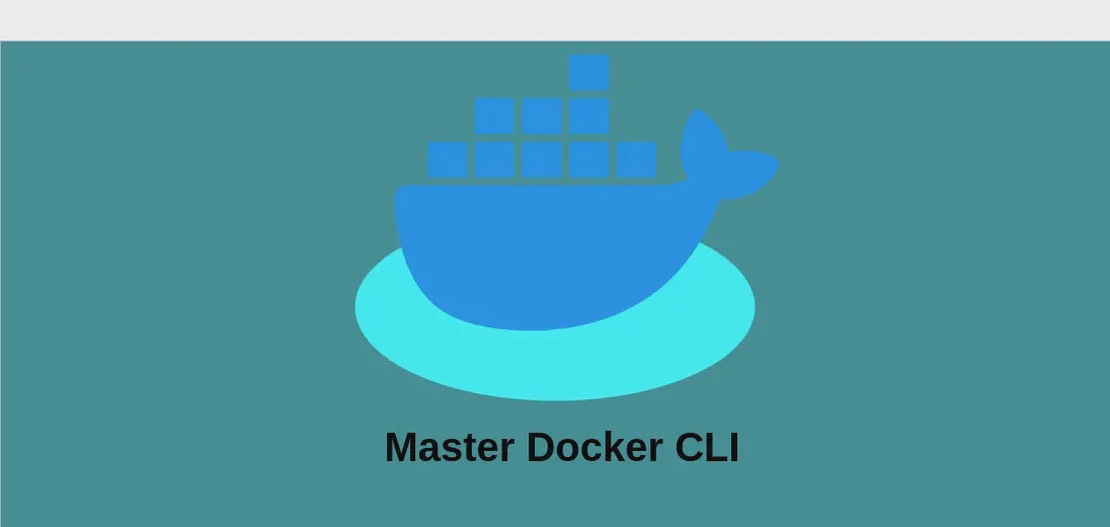
How to use the command "httpie" (with examples)
- Osx
- December 25, 2023
HTTPie is a user-friendly command-line tool that makes it easy to make HTTP requests. It provides a simple and intuitive interface for interacting with HTTP servers. Whether you need to send GET or POST requests, download files, or follow redirects, HTTPie has got you covered.
Use case 1: Send a GET request (default method with no request data)
Code:
http https://example.com
Motivation:
This command is used to send a GET request to the specified URL. In this example, we are sending a GET request to https://example.com.
Explanation:
http: The command namehttps://example.com: The URL to which the GET request is sent
Example output:
HTTP/1.1 200 OK
Content-Type: text/html; charset=UTF-8
Date: Wed, 04 May 2022 10:00:00 GMT
...
{response body}
Use case 2: Send a POST request (default method with request data)
Code:
http https://example.com hello=World
Motivation:
This example demonstrates how to send a POST request to a URL with request data. In this case, we are sending a POST request to https://example.com with a request parameter hello set to World.
Explanation:
http: The command namehttps://example.com: The URL to which the POST request is senthello=World: The request data, in this case, a query parameter namedhellowith the valueWorld
Example output:
HTTP/1.1 200 OK
Content-Type: application/json
Date: Wed, 04 May 2022 10:00:00 GMT
...
{response body}
Use case 3: Send a POST request with redirected input
Code:
http https://example.com < file.json
Motivation:
This use case shows how to send a POST request to a URL using redirected input. The request data is provided from the file file.json.
Explanation:
http: The command namehttps://example.com: The URL to which the POST request is sent< file.json: The input for the request is redirected from the filefile.json
Example output:
HTTP/1.1 200 OK
Content-Type: application/json
Date: Wed, 04 May 2022 10:00:00 GMT
...
{response body}
Use case 4: Send a PUT request with a given JSON body
Code:
http PUT https://example.com/todos/7 hello=world
Motivation:
This example demonstrates how to send a PUT request to a specified URL with a given JSON body. In this case, we are sending a PUT request to https://example.com/todos/7 with a JSON body containing a key-value pair hello with the value world.
Explanation:
http: The command namePUT: The HTTP method of the requesthttps://example.com/todos/7: The URL to which the PUT request is senthello=world: The JSON body of the request, containing a key-value pairhellowith the valueworld
Example output:
HTTP/1.1 200 OK
Content-Type: application/json
Date: Wed, 04 May 2022 10:00:00 GMT
...
{response body}
Use case 5: Send a DELETE request with a given request header
Code:
http DELETE https://example.com/todos/7 API-Key:foo
Motivation:
This use case illustrates how to send a DELETE request to a URL with a specific request header. In this example, we are sending a DELETE request to https://example.com/todos/7 with a request header API-Key set to foo.
Explanation:
http: The command nameDELETE: The HTTP method of the requesthttps://example.com/todos/7: The URL to which the DELETE request is sentAPI-Key:foo: The request header, specifying an API-Key with the valuefoo
Example output:
HTTP/1.1 204 No Content
Date: Wed, 04 May 2022 10:00:00 GMT
...
{empty response body}
Use case 6: Show the whole HTTP exchange (both request and response)
Code:
http -v https://example.com
Motivation:
This example demonstrates how to view both the request and response of an HTTP exchange. The -v option is used to enable verbose output.
Explanation:
http: The command name-v: The option to enable verbose output, which displays both the request and response
Example output:
GET / HTTP/1.1
Host: example.com
...
HTTP/1.1 200 OK
Content-Type: text/html; charset=UTF-8
Date: Wed, 04 May 2022 10:00:00 GMT
...
{response body}
Use case 7: Download a file
Code:
http --download https://example.com
Motivation:
This use case shows how to download a file from a URL. The --download option is used to specify that the content should be downloaded.
Explanation:
http: The command name--download: The option to specify that the content should be downloaded
Example output:
Downloaded [1.23 KB]:
-> example.html
Use case 8: Follow redirects and show intermediary requests and responses
Code:
http --follow --all https://example.com
Motivation:
This example demonstrates how to follow redirects and show intermediary requests and responses. The --follow option is used to follow redirects, and the --all option is used to show all the requests and responses.
Explanation:
http: The command name--follow: The option to follow redirects--all: The option to show all the requests and responses
Example output:
1: GET / HTTP/1.1
...
2: GET /new-location HTTP/1.1
...
3: GET /final-location HTTP/1.1
...
HTTP/1.1 200 OK
Content-Type: text/html; charset=UTF-8
Date: Wed, 04 May 2022 10:00:00 GMT
...
{response body}
Conclusion:
HTTPie is a versatile command-line tool that allows users to interact with HTTP servers effortlessly. With its user-friendly interface and various options, it simplifies the process of making HTTP requests, handling different methods, displaying verbose output, following redirects, and downloading files. Whether you are a developer debugging APIs or a sysadmin managing HTTP servers, HTTPie is a powerful tool to have in your toolkit.

